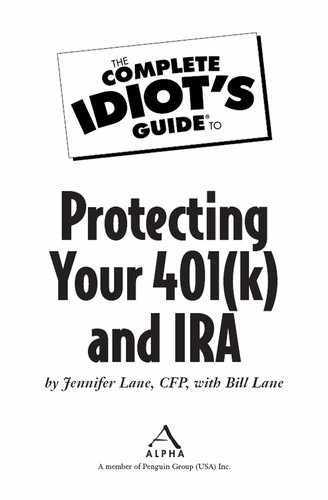457 Deferred-Compensation Plans
457 plans are often called deferred-compensation or deferred comp plans because employees are deferring their pay by making contributions into the plan. Yes, this is also the case with all the other types of retirement plans, including the 401(k) and SIMPLE plans we’ve already told you about. But for whatever reason, 457 plans are the ones that have taken the “deferred comp” moniker.
There are two types of 457 plans: 457(b) plans and 457(f) plans. In general, state and local governments provide 457(b) plans while large, tax-exempt organizations like hospitals and universities run 457(f) plans, usually for their upper management employees.
457(b) plans are different than 401(k) plans and other similar retirement plans in that:
• They don’t carry the 10 percent penalty if an employee withdraws his money before he turns age 59½.
• They don’t need to be offered to all employees of the organization.
• Contribution limits are the same as 401(k)s up until an employee is within three years of the plan’s normal retirement age. At this point, the “last three rule” takes effect, doubling the maximum allowable contribution he can make.
457(b) plans work a lot like 401(k) plans, including:
• The employee makes pretax contributions.
• The employer may contribute to the plan and assign a vesting schedule to its contributions.
• Minimum distributions must start by the time the employee is age 70½.
• An employee can access his balance through hardship withdrawals.
• An employee can roll over his plan to another plan if he changes employers.

Nest Eggs
You don’t have to be an employee of the organization to participate in its 457 plan. Unlike 403(b)s and 401(k)s, independent contractors can participate in the organization’s 457 plan where they work.
457(f) plans are sophisticated employee benefit plans that are most often used to attract and retain high-level executives. They have the amazing benefit of having very high or unlimited contribution limits, but the catch is that the assets in the plan must always be at risk of forfeiture. This means that the money in your 457 plan remains subject to your employer’s creditors; your account isn’t protected like a 401(k) or a SIMPLE IRA. This substantial risk of forfeiture is a critical part of the plan because once the assets are no longer at risk, they become taxable as income. We’ve included the basics next, but carefully review your 457(f) plan with your employer and an independent financial or tax advisor before deciding to participate.
• A vesting schedule outlines when the compensation in the plan becomes available to the employee.
• Once the plan is vested, the executive is entitled to the assets in the plan, as long as she continues with the company until a future specified retirement date.
• The benefits of the plan may be taxable once they vest. Many employers make extra payments to their executives to offset the cost of the tax.
..................Content has been hidden....................
You can't read the all page of ebook, please click here login for view all page.
